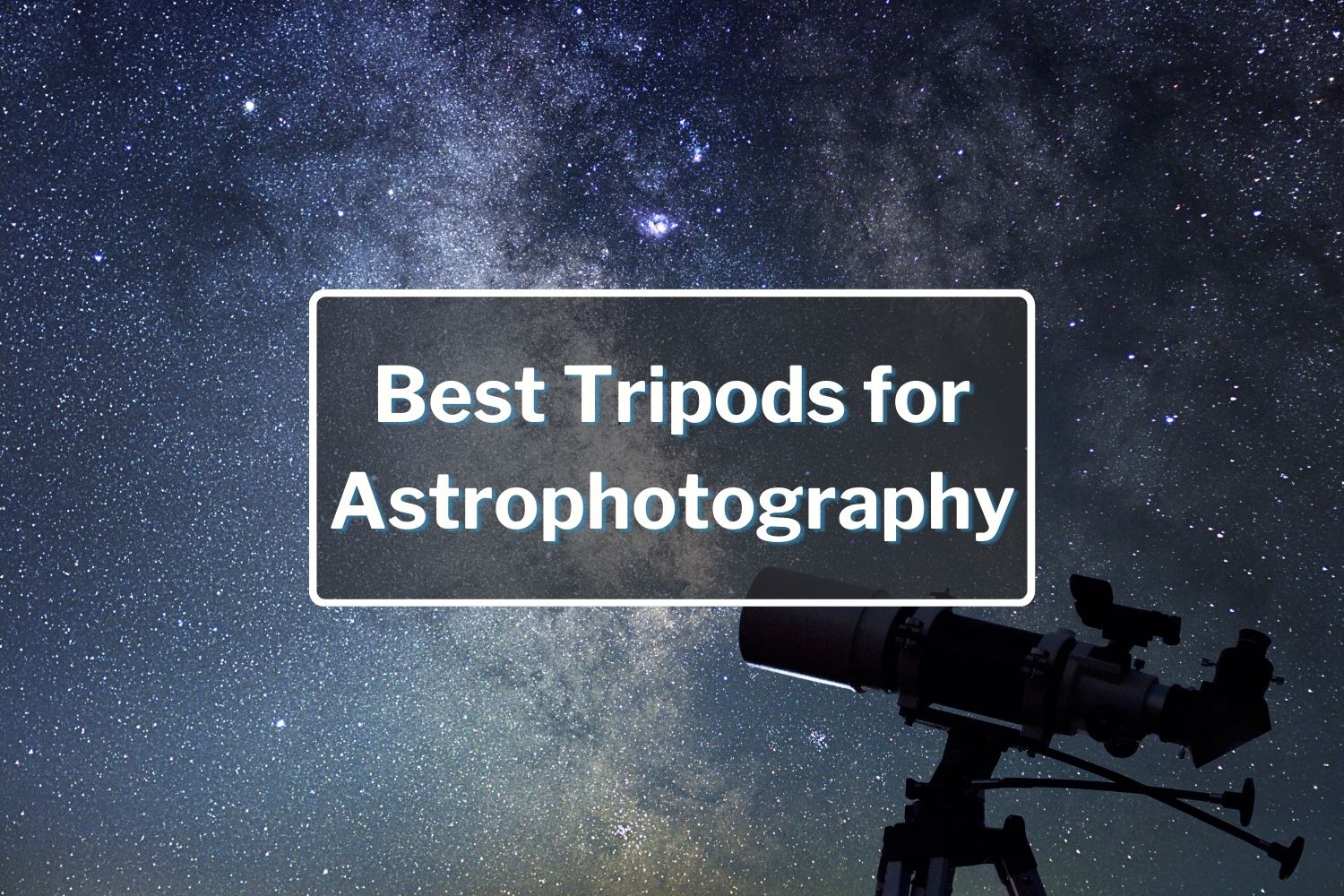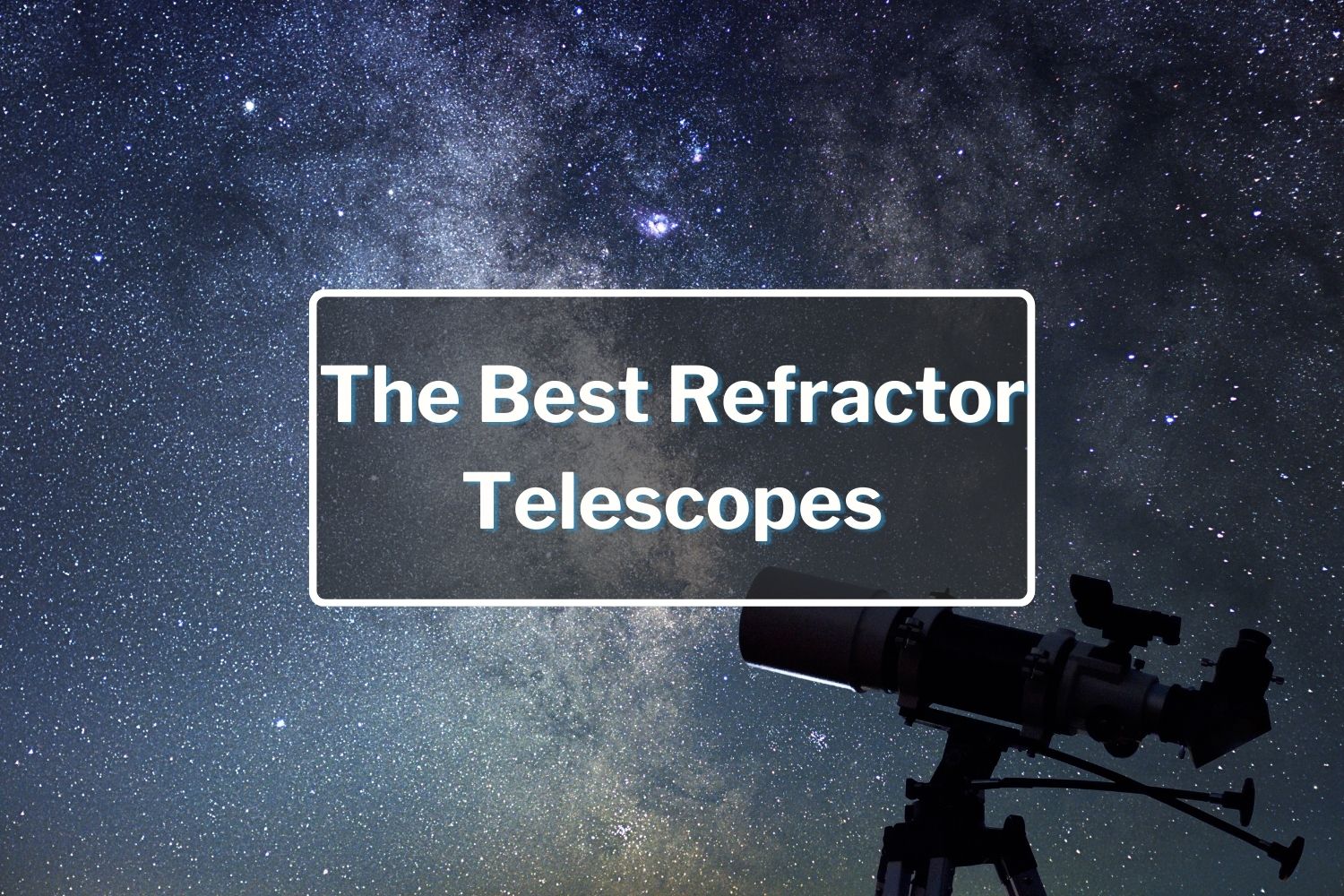How to Attach Telescope Dovetails, Tube Rings & More Accessories
There's nothing more frustrating than having a new telescope and not being able to use it. Usually, this is because you're missing an accessory, or the accessories you have don't fit together. Here at OPT, we always want to make sure you have everything you need to use your telescope and its accessories from the get go. We wrote this blog post to cover how to attach dovetails, tube rings, finder scopes, guide scopes, Bahtinov masks, dew shields, and more to your telescope. What this guide does not cover is how to connect accessories to the back of your telescope, which we'll cover in a separate blog post. However, if you ever need any help at all figuring out what you need to connect your gear, you can always leave a comment or reach out to our helpful team for assistance! Without further ado, let's get started by going over the types of telescope accessories below:

Understanding Dovetail Plates

A Vixen (V-style) dovetail plate on a Celestron telescope attached to a mount's saddle
A dovetail plate is a rail that attaches to the bottom of your telescope, and allows you to clamp your telescope to the mount. The piece of the mount that clamps the dovetail (and the telescope) in place is called the saddle. Dovetails also act as a bridge between the tube rings that hold some telescopes, like refractors, in place. Some smaller types of dovetails are used to sit on top of the telescope itself to let you attach finder or guide scopes. There are a number of different dovetail styles out there, and it's important to figure out which one your mount and telescope can accommodate. If you have a beginner telescope, you likely don't need to worry about a dovetail as your telescope probably came with one, or it may not even have one at all. If you're putting together a telescope rig piece by piece, however, you will want to make sure your telescope comes with a dovetail. If not, use this guide determine which style and length you need so it can fit on your mount. Let's take a look at some of the most common dovetail types before we dive in to each one:

This guide features dimensions to help you make everything fit and is designed to be saved to your phone easily.
Vixen & Losmandy Dovetails
Dovetails for telescopes come in two main styles: the smaller and lighter Vixen (or V-style) dovetail, and the wider and heavier-duty Losmandy (or D-style) dovetail. If you're mostly visually observing, Vixen V-style dovetails are great for carrying most smaller telescopes up to around 8" (200mm) in aperture. Above that, you'll likely want to use a Losmandy D-style dovetail plate.
If you're doing any kind of astrophotography, you'll want to use the larger Losmandy D-style dovetail on most telescopes above 4" (100mm) in aperture if possible, and sometimes even less if it's a heavy or long telescope. Losmandy D-style dovetail plates can handle significantly heavier and larger telescopes than Vixen V-style telescopes can. Most bigger telescopes will come with this style of dovetail, but if not, you'll want to consider upgrading to a Losmandy D-style dovetail if you're doing astrophotography.
Celestron Proprietary Dovetails
For Celestron telescopes specifically, Celestron makes their own versions of the above dovetails for their Schmidt-Cassegrain & RASA Telescopes. The Celestron version of the Vixen V-style dovetail, known as the CG-5, is identical to the original. However, the CGE dovetail, which is their version of the Losmandy D-style, is different in a few notable ways:
- The CGE features a curved surface (instead of flat) to adhere to the telescope body, meaning each CGE plate varies based on the size of your telescope, so it's important to get the right size for your specific telescope.
- The CGE is just barely narrower (about 0.6mm) than a Losmandy D-style plate. This prevents Losmandy D-style plates from being able to attach to the Celestron Advanced VX mount, which is specifically tailored for their CGE dovetail.
- On all of Celestron's other equatorial mounts aside from the Advanced VX, Losmandy D-style dovetails will also fit.
Dovetails for Finder Scopes, Guide Scopes, & Other Accessories
Smaller dovetails also exist for attaching accessories like finder scopes, guide scopes, and other accessories to your telescope. Similar to Vixen V-style, finder foot dovetails feature a narrower base to fit inside finder brackets. These smaller finder brackets (or finder shoes) allow you to attach a finder scope or guide scope to your main telescope body.

A finder scope and finder foot/dovetail attached to a finder shoe/bracket
Matching Dovetails to Your Mount
With a few different types of dovetails available, it can be confusing to know which one you need for your specific telescope or mount. Note that some telescopes and mount saddles can only accommodate one type of dovetail. Your telescope might come with a Losmandy D-style plate, but your mount's saddle may only be able to accommodate a Vixen V-style plate, so be sure to check the specifications first. If there's a mismatch, you can usually upgrade your mount's saddle to accommodate both types. ADM Accessories makes replacement telescope saddles, which are often much more sturdy than the stock saddle. Many ADM saddles and accessories allow you to connect either Vixen V-style or Losmandy D-style dovetails.
Solar Filters, Dew Shields, & Bahtinov Focus Masks

How to measure the Outer Diameter (OD) of a telescope
When attaching front-mounting solar filters, dew shields, and Bahtinov focus masks to your telescope, they attach to the front end. Every telescope's front end is different, and you need to figure out what size the front end is to attach one of these accessories. The measurement you need to figure out is called the outer diameter, or OD for short. The OD is the diameter of the very front end of the telescope. This dimension is separate and always larger than the telescope's actual aperture, as the chassis of the telescope itself is slightly larger. For refractor telescopes in particular, you'll want to make sure you figure out the OD of the dew shield, and not the actual tube diameter of the main body. Usually, you can find the OD in the manufacturer's specifications on their product page or in the manual for your specific telescope. If you can't find it, take an accurate measuring tape or ruler and measure the diameter in both inches and millimeters, as some accessories are made for imperial or metric.
Tube Rings

Tube Rings allow you to attach a telescope to a mount via the dovetail plate
If you're looking to upgrade your telescope's tube rings or your telescope didn't come with them, you'll need a specific measurement to get the right size. The measurement you need to look for is called tube diameter, also called OTA diameter. This measures the diameter of the telescope tube on its main body. Note: this is a different measurement than the "dew shield diameter" and the "aperture" of your telescope — you don't want to use either of these in this case.
You can find the tube diameter measurement in two ways. First, you can try to look up the manufacturer's specifications for your telescope. The best place to find this specification is on the manufacturer's product page for that specific telescope. If it's not listed, look for it in the manual, which should come with your telescope or be found online. This is the preferred method as it is most accurate.
The other way to find the tube diameter is to actually measure your telescope manually. First, take a thin string, such as dental floss, and wrap it around the main body (not the dew shield) of your telescope where the tube rings will go. Find the spot on the string where it wraps around 360º and mark it or cut it. Then, measure the length of that string on a ruler or measuring tape. You have now measured the circumference of your telescope's tube. To get the diameter, simply divide that number by 3.14 (π).
Once you know the tube diameter of your telescope, you can then find the correct size tube rings. Generally speaking, tube rings have a small amount of play, meaning you can get some that are +/- a few millimeters from your actual tube diameter. It may help to know your tube diameter in both millimeters and inches, as some tube ring manufacturers use both.
That wraps it up! If you have any questions about which accessories you need for your telescope or how they attach, don't hesitate to reach out to our friendly team for help.
2 Responses
Duccio Maggiora
Strange, My Losmandy original GM8 mount have a V dovetail that not fix a Losmandy bar. Max fit is 63 mm (I build it in wood) Vixen is too small, Losmandy too big.













Bob Curtiss
February 25, 2023
There is an adapter made to fit a Vixen dovetail saddle on the AVX mounts that allows Losmandy dovetail bars to fit this mount. The concern I have is one of rotating a scope, specifically a Newtonian in the rings on an EQ mount like a CGEM. How does one retain alignment finding that slewing to an object leaves a Newtonian focuser/eyepiece in a much less desirable viewing location, e.g. upside down? If I loosen the rings the scope can rotate but also slide downward in the rings gravitationally in doing so. I’ve found it takes two people to do this each time a rotation is needed. Is there an item available that stops this from happening so that it takes only one person to do the rotation without either the balance or in the worst case, the telescope coming out of the rings? Any suggestions would be most welcome.